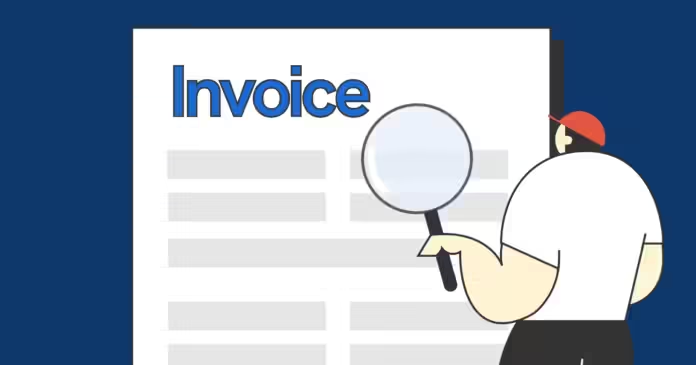Introduction Invoice
In the realm of commerce, invoices play a pivotal role in facilitating transactions, serving as essential documentation of the exchange of goods or services for payment. Yet, for many, the concept of an invoice remains shrouded in mystery. What exactly is an invoice? What purpose does it serve? How does it relate to invoice numbers and payments? Let’s embark on a journey to unravel the intricacies of this fundamental aspect of business transactions.
What is an Invoice?
At its core, an invoice is a commercial document issued by a seller to a buyer, requesting payment for goods or services provided. It serves as evidence of the agreement between the parties involved and outlines the details of the transaction. These details typically include:
- Identification: The names and addresses of both the seller (the entity providing the goods or services) and the buyer (the entity receiving them).
- Description: A comprehensive description of the goods or services rendered, including quantity, unit price, and any applicable taxes or discounts.
- Terms: Payment terms such as the due date, acceptable payment methods, and any penalties for late payment.
- Invoice Number: A unique identifier assigned to each invoice for tracking and reference purposes.
- Date: The date the invoice is issued, which is crucial for determining payment deadlines and accounting purposes.
What is an Invoice Number?
An invoice number is a sequential or unique identifier assigned to each invoice issued by a seller. It serves as a crucial reference point for both the seller and the buyer, streamlining the tracking and management of transactions. The invoice number helps prevent confusion, facilitates communication between parties, and simplifies record-keeping and reconciliation processes.
In addition to providing a means of identification, invoice numbers can also convey valuable information. For example, they may incorporate elements such as the date of issuance, client or project codes, or other relevant details to enhance organization and categorization.
What is an Invoice Payment?
An invoice payment refers to the settlement of the amount due as specified in the invoice. Once the buyer receives the invoice, they are obligated to remit payment within the agreed-upon timeframe and according to the specified terms. The payment process typically involves several steps:
- Receipt of Invoice: The buyer receives the invoice from the seller, either in physical or electronic format.
- Review and Approval: The buyer reviews the invoice to verify the accuracy of the details and ensures that the goods or services were received as expected.
- Payment Initiation: Upon approval, the buyer initiates the payment process, either by issuing a check, authorizing a bank transfer, or using electronic payment methods such as credit cards or online payment platforms.
- Payment Confirmation: Once the payment is processed, the buyer notifies the seller of the payment and provides any relevant transaction details for reconciliation purposes.
- Record-Keeping: Both parties maintain records of the transaction, including copies of the invoice, payment confirmation, and any correspondence related to the payment.
Why are Invoices Important?
Invoices play a crucial role in the financial ecosystem for several reasons:
- Legal Documentation: Invoices serve as legally binding documents that outline the terms and conditions of the transaction. They provide evidence of the agreement between the buyer and seller, which can be used to resolve disputes or pursue legal action if necessary.
- Financial Management: Invoices are essential for financial management and accounting purposes. They enable businesses to track revenue, monitor cash flow, and generate financial reports for analysis and decision-making.
- Tax Compliance: Invoices provide the necessary documentation for tax compliance, including the calculation and reporting of sales tax, VAT (Value Added Tax), or other applicable taxes.
- Relationship Management: Clear and timely invoicing enhances trust and transparency in business relationships. It fosters positive interactions between buyers and sellers and helps maintain long-term partnerships built on mutual respect and professionalism.
Conclusion
In conclusion, an invoice is much more than just a piece of paper or a digital file. It is a vital instrument of commerce that facilitates the exchange of goods and services while ensuring transparency, accountability, and compliance with legal and financial regulations. Understanding the intricacies of invoices, including invoice numbers and payments, is essential for businesses of all sizes to thrive in today’s dynamic marketplace. By demystifying the complexities surrounding invoices, businesses can streamline their operations, strengthen their financial management practices, and foster enduring relationships with customers and suppliers alike.
For More Information visit Our Homepage:



